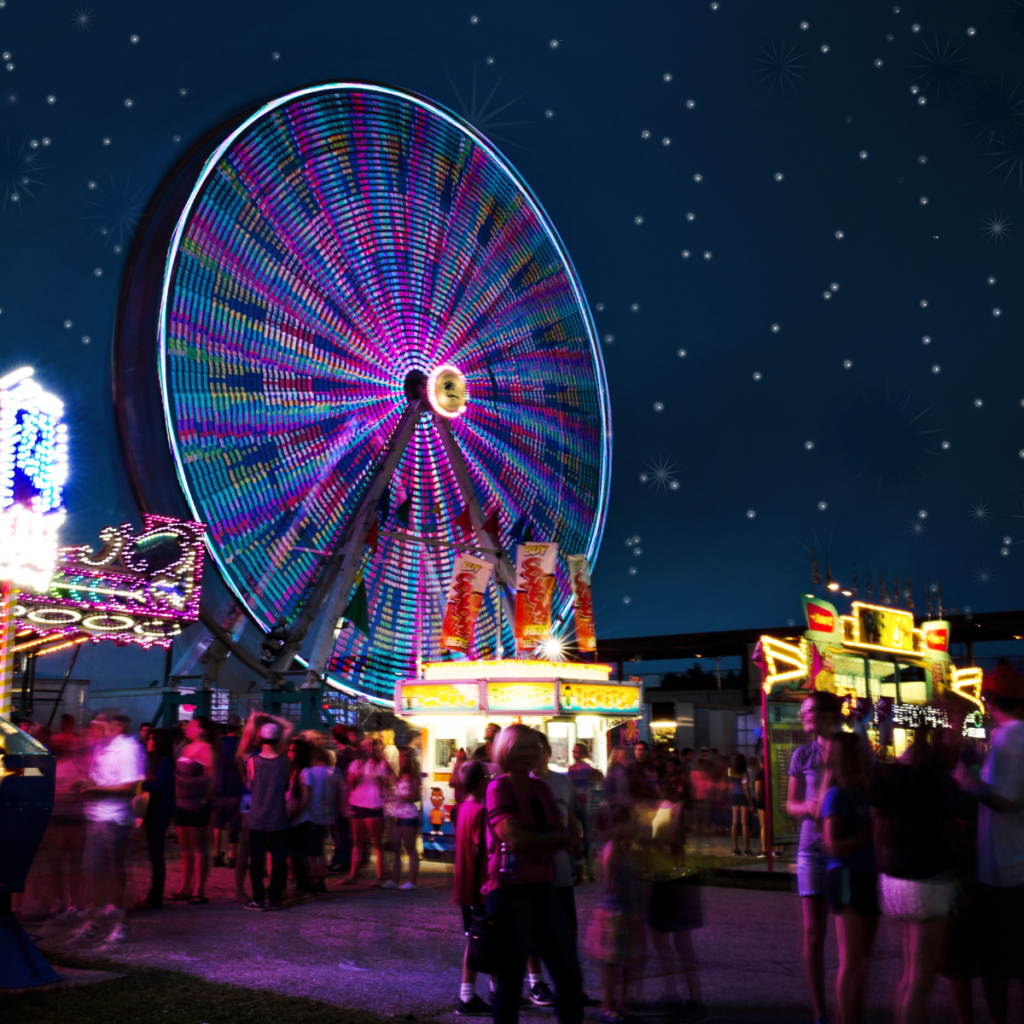What goes on around us in our external environment can trigger anxiety, especially the extremes of having too much going on or not enough. The first step is to become aware of what situations are either “too much” or “too little” for you. Then practice techniques that can help curb anxiety in those specific situations.
Overstimulation
Overstimulation occurs when there’s too much going on for us to handle. The level of overstimulation that can trigger anxiety is going to vary greatly from person to person. In preparation, it’s helpful to think about how much you can handle by assessing past situations and your anxiety levels.
Picture this scene: You are at a large amusement park (like Disney Land, etc), it’s a hot day and you are sweating. There’s a large school on a field trip with over two hundred 8-year-olds who are running and screaming with joy. You have been standing in line for a ride and there’s a family with a crying toddler behind you, a bunch of the school trip children are in front of you playing a game where they try to hit each other. You are tired and hungry. Are you anxious?
For some, the answer is yes. For others, the answer may be no, but a different setting where there is a lot of noise, a crowd, or certain types of lighting might be overstimulating. What type of setting triggers your anxiety?
Understimulation
Did you know that boredom can trigger anxiety? Some people get anxious standing in line, sitting at a doctor’s office, or being stuck in traffic. Not enough going on can cause anxiety because there is time and space to think/worry about other things, or focus on bodily sensations that can trigger anxiety. When people are busy (but not too busy), there’s sometimes less “room” for anxiety to occur in this way.
What To Do About It
One approach that’s gaining popularity is the “mindfulness” approach where you can pay attention to the feelings in your mind and body and accept them as part of the present experience. Grounding is bringing oneself back into the “here and now” and away from anxiety (read our blog about techniques for staying in the “here and now”). That can be very effective, especially if combined with relaxation such as abdominal breathing or Progressive Muscle Relaxation (PMR).
Another approach is keep yourself occupied. A relational way of doing this would be to talk to people in your environment (such as someone in line). It does not have to be superficial, idle chatter, it’s possible to have meaningful conversations with complete strangers! If you’re more introverted, you might prefer something like reading. If you’re in an overstimulating situation, you might want to remove yourself, even if it’s just for a few minutes. Simply excusing yourself to go to the restroom or step outside might help you to enable yourself to calm down.
Conclusion
The constant barrage of information, technological advancements, and societal pressures can overwhelm our senses, leaving us mentally and emotionally exhausted. On the other hand, moments of monotony and lack of stimulation can also lead to anxiety and restlessness. Achieving a balance between overstimulation and understimulation is key to managing anxiety.
If you are interested in learning ways to identify what your specific anxiety triggers are and how to bring your anxiety levels down more quickly, we can help. Book a free consultation with one of our certified therapists here.


